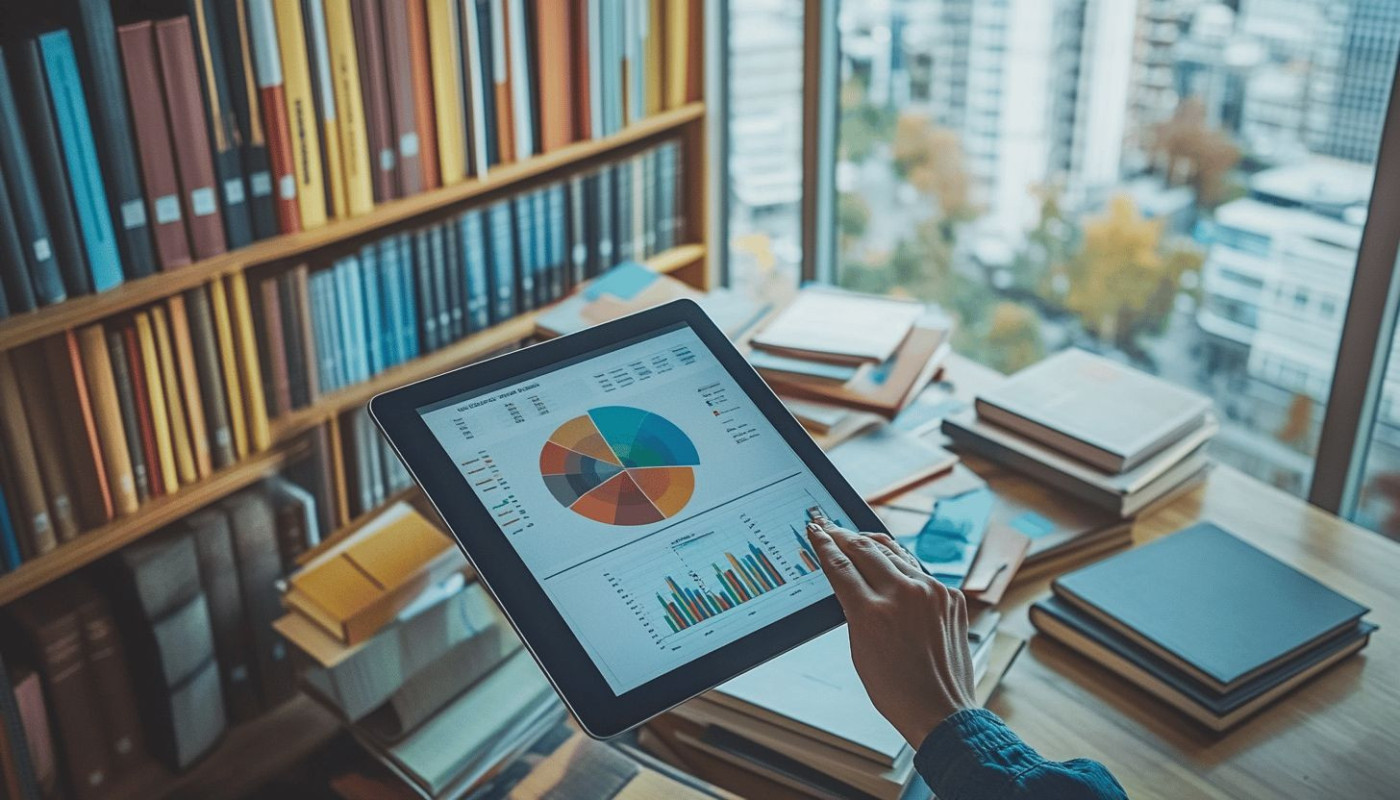Table of contents
In an era where environmental consciousness is not just a trend but a necessity, industries worldwide are seeking innovative ways to reduce their carbon footprint. Among the myriad of options available, one stands out in the realm of logistics and packaging: the use of cardboard bottle dividers. This seemingly simple solution holds the potential to revolutionize the way companies approach shipping, offering a double-edged sword of environmental and economic benefits. As businesses grapple with the escalating costs of materials and a growing imperative to embrace sustainable practices, exploring the advantages of cardboard dividers becomes increasingly compelling. This exploration is not only about protecting our planet; it is about embracing cost-effective, efficient, and responsible shipping methods. The insights that follow aim to shed light on the sustainable marvels of cardboard dividers, promising an engaging journey through the landscapes of green logistics and financial prudence. Prepare to delve into the multifaceted benefits that these eco-friendly packaging components offer, and consider how they could reshape the future of shipping for a greener tomorrow.
The Sustainable Edge of Cardboard Dividers
In the realm of shipping and packaging, the transition to eco-friendly materials is not just a trend but a necessary shift in reducing environmental impact. Among these materials, recyclable cardboard dividers stand out as a superior choice over their plastic counterparts. Cardboard is inherently biodegradable, meaning it breaks down naturally over time, leaving a minimal environmental footprint. This characteristic alone positions cardboard dividers as a pivotal tool in the pursuit of green logistics and sustainable packaging solutions.
Moreover, the production of cardboard often incorporates post-consumer waste, which not only gives a new life to used materials but also decreases the reliance on virgin resources, further mitigating deforestation and habitat destruction. The ecological benefits of using recyclable cardboard dividers are also evident when analyzing their life cycle. Life cycle analysis, a method for assessing the environmental aspects and potential impacts of a product, shows a favorable outcome for cardboard due to its recyclability and reuse potential.
By choosing biodegradable packaging like cardboard dividers, companies can significantly reduce their carbon footprint and contribute positively to the environment. As consumers become more environmentally conscious, the demand for sustainable packaging solutions including eco-friendly shipping materials like recyclable cardboard dividers continues to rise. The integration of these materials is not only advantageous for the planet but also serves as a competitive edge for businesses that prioritize sustainability in their operations.
Cardboard dividers are an exemplary embodiment of eco-friendly practices in the shipping industry. They exemplify how simple changes in materials can yield significant environmental benefits, reiterating the importance of sustainable choices in day-to-day business operations.
Cost Reduction Strategies with Cardboard
The adoption of cardboard bottle dividers as a packaging choice offers businesses a myriad of avenues for trimming expenses. Primarily, the raw materials required to produce cardboard are significantly less expensive than those for plastic alternatives. This cost advantage is amplified considering the rising concern over plastic pollution and the subsequent push for pricier eco-friendly plastic solutions. Cardboard serves as one of the most economic packaging alternatives without imposing environmental harm. Moreover, due to its lightweight nature, cardboard dividers contribute to reduced shipping costs. Freight charges are often calculated based on weight, and by minimizing the weight of the packaging, companies enjoy lower transportation fees. This aspect makes cardboard bottle dividers a standout choice among lightweight packaging solutions.
In addition to the savings on materials and shipping, cardboard dividers provide a protective cocoon for shipped goods, thereby reducing the likelihood of product damage during transit. The cost of damaged goods can be substantial, not only in terms of replacement and refund costs but also in the potential loss of customer trust and brand reputation. By ensuring that products arrive intact, these cost-effective shipping materials indirectly contribute to maintaining a positive customer experience and safeguarding a company's image. Consequently, the strategic use of cardboard dividers is becoming an increasingly popular practice among businesses looking to optimize their logistics while keeping a tight rein on costs.
Enhancing Packaging Efficiency
Cardboard bottle dividers represent a significant advancement in the realm of packaging, offering a wealth of benefits that align with the dual demands of environmental sustainability and cost-effectiveness. Their ability to be customized to accommodate an array of bottle dimensions is a testament to their versatility, ensuring a snug fit and optimal space utilization within shipping containers. This customization not only prevents product movement and potential damage during transit but also maximizes the number of products that can be transported, thereby reducing the number of shipments required and associated costs.
The assembly and disassembly of these flexible packaging solutions are straightforward, which streamlines the packing and unpacking processes. The time saved in these stages can have a ripple effect, increasing overall productivity and reducing labor costs. Such efficiency is particularly beneficial in high-throughput distribution environments where every second counts. The practical design of customizable cardboard dividers lends itself to a quick setup, which can significantly cut down on the resources required for training and implementation.
For businesses looking to enhance their packaging strategies, keywords such as "customizable cardboard dividers," "space optimization in packaging," "efficient unpacking process," "time-saving packaging," and "flexible packaging solutions" are particularly relevant. They reflect the growing trend towards smarter, adaptable packaging options that cater to the needs of modern shipping and logistics. A professional with expertise in industrial design or packaging engineering would appreciate the nuanced advantages offered by these innovative dividers, recognizing their role in advancing packaging efficiency and sustainability.
Boosting Brand Image with Eco-friendly Practices
In today's market, where consumer eco-preferences weigh heavily on purchasing decisions, businesses stand to gain immensely by incorporating green marketing strategies into their brand management. The adoption of environmentally responsible packaging, such as cardboard bottle dividers, is a tangible demonstration of a company's commitment to sustainability. This approach is not simply about reducing waste or minimizing environmental impact, but also about connecting with a customer base that values ecological mindfulness. By showcasing the use of sustainable brand image practices, companies can differentiate themselves, foster customer loyalty, and potentially command higher price points. Incorporating these eco-friendly solutions into sustainability reports further validates a company's environmental stewardship, offering a transparent narrative that resonates with consumers and stakeholders alike. As such, the strategic use of sustainable materials becomes a compelling component of brand identity, underpinning the narrative that conscientious businesses are rewarded with customer trust and market longevity.
Future Outlook: Cardboard Dividers Leading the Way
As the future of packaging evolves, cardboard dividers are poised to become a fixture in shipping protocols due to their efficiency and reduced environmental footprint. Advances in material science innovations are expected to further enhance the sustainability and durability of these cardboard solutions, paving the way for more eco-friendly practices across industries. The ongoing research in this field promises to yield a new generation of cardboard products that are even lighter, stronger, and more adaptable to various packaging needs.
Considering the environmental impact of packaging, the shift towards cardboard dividers reflects a growing awareness of the need for materials that can be easily recycled and have a lower carbon footprint. In this context, sustainable shipping trends are likely to favor the widespread adoption of such solutions, as businesses and consumers alike seek methods that align with a more conscientious approach to resource usage. As these trends gain momentum, the long-term benefits for our planet become increasingly significant, encouraging a deep contemplation of our day-to-day choices and their environmental ramifications.
The trajectory of cardboard product development indicates a bright future ahead. With the collective efforts of industry experts, environmentalists, and consumers, there is a strong potential for cardboard dividers to set a new standard in packaging—balancing the demands of protection and efficiency with the imperative to preserve our natural world for future generations.
On the same subject















